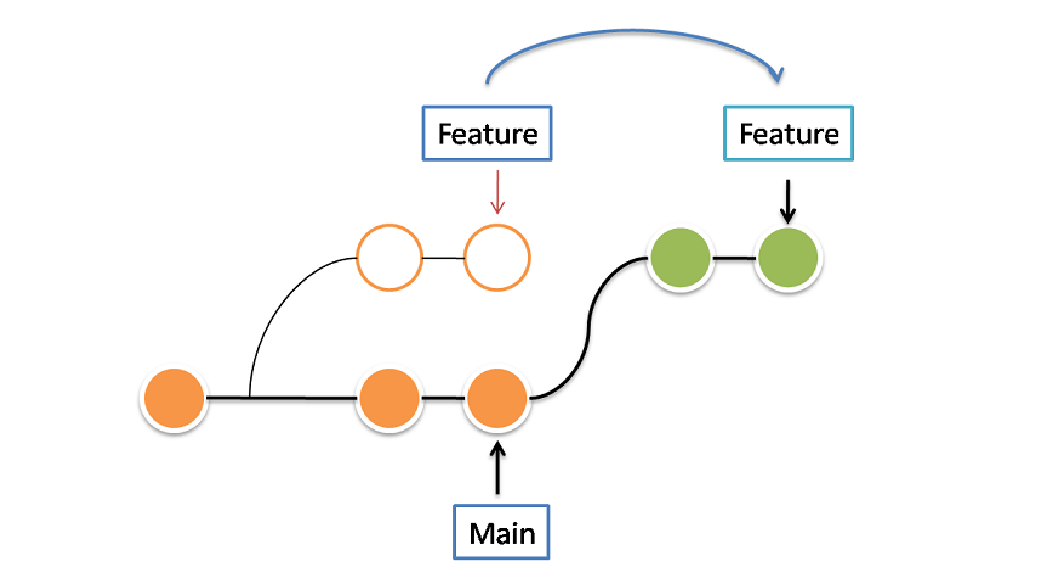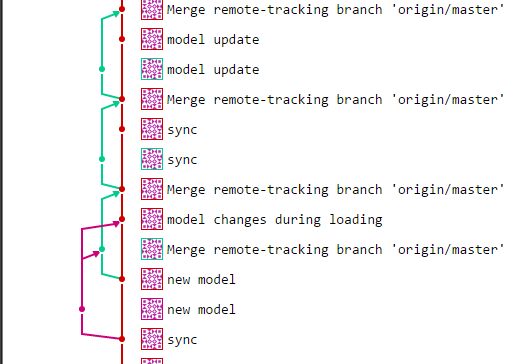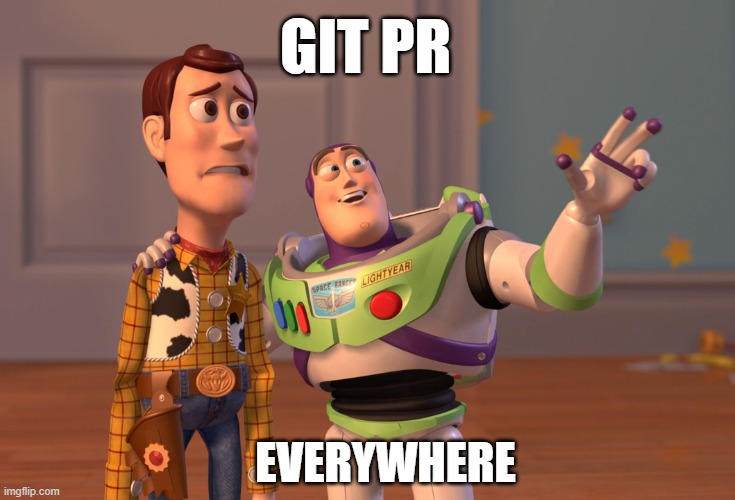Git Pull-ups: Flexing Your Version Control Muscles with Rebasing
 Yash Patel
Yash Patel
The Git-uation: A Developer's Dilemma
Imagine this: You've just crafted a piece of code that you're proud of. You commit your changes and attempt to push them, only to be met with a rejection. This is a common scenario in the world of Git, a powerful version control system that tracks changes and facilitates collaboration.
The Rejection: A Tale of Two Timelines
That rejection you just faced? It's Git's way of saying, "Whoa there, partner! Someone else got here first." In Git terms, the remote branch is ahead of your local branch. In human terms, your colleague (let's call him Dave) beat you to the punch.
This is where git pull and git pull --rebase come into play.
The Classic Contender: Git Pull
git pull is a straightforward command that fetches changes from the remote repository and merges them into your local branch. It's straightforward and reliable and creates a merge commit to mark where you integrated the remote changes.
Here's how you'd use it:
git pull origin main
But here's the rub: if everyone on your team uses git pull like it's going out of style, your commit history starts looking like a tangled ball of yarn. Each merge creates a new commit, cluttering your history with messages like "Merge remote-tracking branch..."

The Rebel: Git Pull --Rebase
Instead of merging, it takes your commits, sets them aside momentarily, pulls in the remote changes, and then applies your commits on top. The result? A clean, linear history that reads like a well-edited novel rather than a stream-of-consciousness beat poem.
git pull --rebase origin main
This approach is akin to curating a clean timeline of your project's development, free from unnecessary merge commits.
Choosing Your Git Champion
Use
git pullwhen you want to preserve the exact history of when merges happened. It's great for feature branches or when the order of commits is crucial.Use
git pull --rebasewhen you're working on a shared branch and want to keep things clean and linear. It's perfect for small, frequent updates to a main branch.
When Worlds Collide: Handling Merge Conflicts
But beware! Both methods can lead to the dreaded merge conflicts. If conflicts arise during a rebase, you can resolve them for each commit. But don't panic! If things go sideways, you've got an escape hatch:
git rebase --abort
This command is like your Git panic button. It undoes the rebase and puts you back where you started. No harm, no foul.
Advanced: Customizing Your Workflow
For the truly lazy (er, I mean efficient) among us, you can set up Git to use rebase by default:
git config --global pull.rebase true
Or, if you're like me and think life's too short to type '--rebase' every time, set up this handy alias:
git config --global alias.pr 'pull --rebase'
Now you can just use git pr and feel like a Git wizard.

The Moral of the Story
In the realm of version control, Choose your commands wisely, and may the fork be with you. Whether you're Team Pull or Team Rebase, the most important thing is consistency. Talk to your team, agree on it, and stick to an approach.
Conclusion: Your Git Future Awaits
So, next time you're faced with a rejected push, take a deep breath, choose your weapon (pull or pull --rebase), and dive back into the fray. Your commit history is counting on you!
Stay tuned for more insights into mastering Git; until then, happy coding, and may your merges be ever in your favour!

Subscribe to my newsletter
Read articles from Yash Patel directly inside your inbox. Subscribe to the newsletter, and don't miss out.
Written by

Yash Patel
Yash Patel
I am a software developer with a background in Java, MySQL, and JavaScript and I am passionate about learning new technologies. I bring strong technical skills, problem-solving abilities, and a passion for building comprehensive solutions.